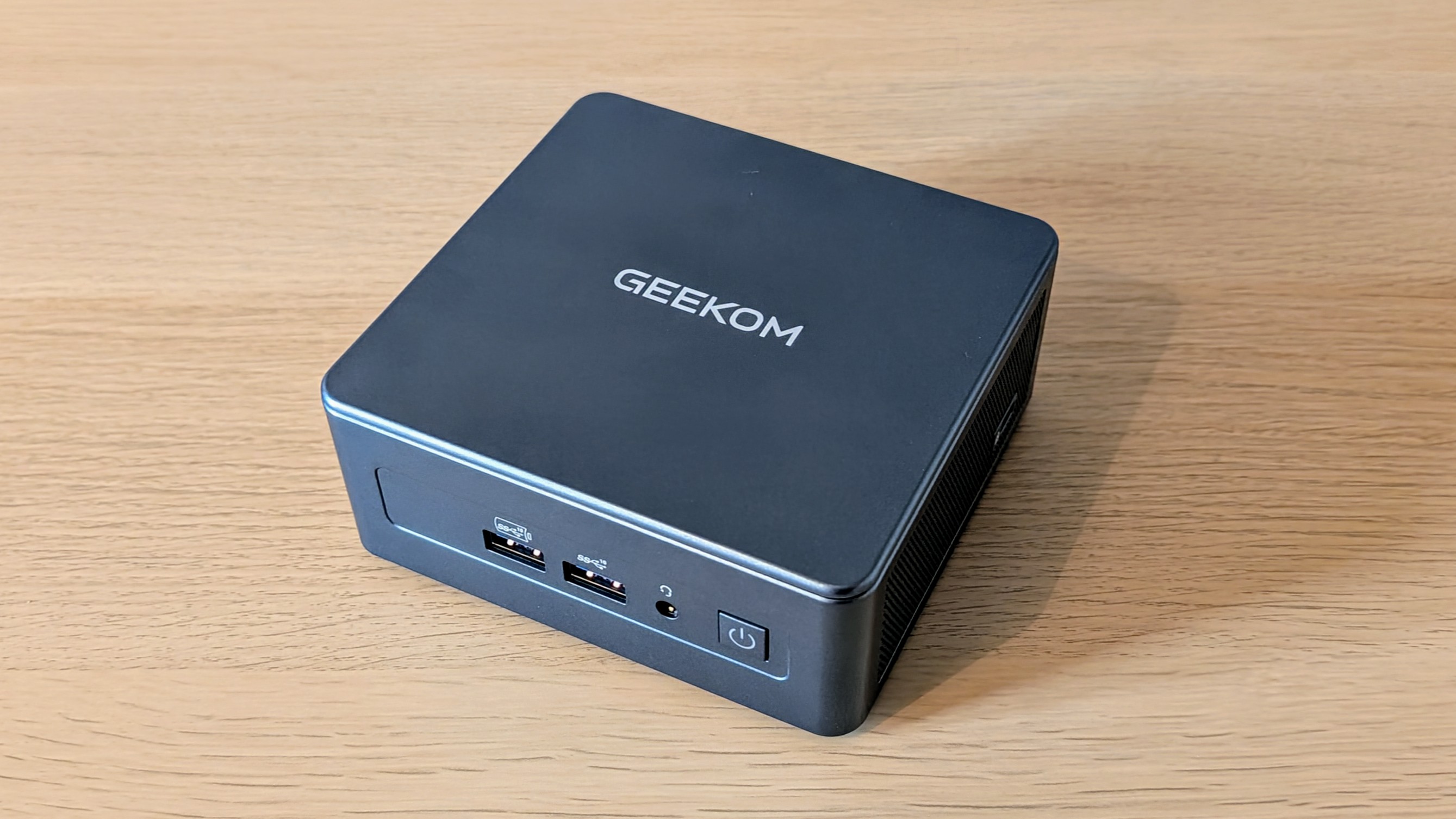Researchers claim an AMD security flaw could let hackers access encrypted data
Using only a $10 test rig, researchers were able to pull off the badRAM attack


Researchers have exposed an issue with the memory implementation on AMD’s data center chips that could threaten the integrity of data, but the chipmaker has hit back at the claims.
In a paper due to be presented at IEEE in 2025, researchers from University of Lübeck, KU Leven, and University of Birmingham highlighted a potential weakness in AMD’s secure encrypted virtualization (SEV) technology.
Dubbed ‘badRAM’, the paper outlines how attackers could manipulate the SEV system to allow unauthorized access to encrypted memory on the processor.
In a post dedicated to explaining the badRAM attack, researchers explained how the SEV technology was intended to protect processor memory in virtual machine (VM) environments through encryption.
“AMD's Secure Encrypted Virtualization (SEV) is a cutting-edge technology that protects privacy and trust in cloud computing by encrypting a virtual machine's (VM's) memory and isolating it from advanced attackers, even those compromising critical infrastructure like the virtual machine manager or firmware.”
But the paper warned that if correctly exploited the threat actors could access data used by the microprocessor, and potentially read and even overwrite the encrypted content.
The researchers further detailed the underlying premise of the exploit, whereby attackers could use “rogue memory modules” to deliberately provide false information to the processor during startup.
Get the ITPro daily newsletter
Sign up today and you will receive a free copy of our Future Focus 2025 report - the leading guidance on AI, cybersecurity and other IT challenges as per 700+ senior executives
Using a test rig that cost them just $10, kitted out with a Raspberry Pi Pico, and a DIMM socket to hold the RAM, the team was able to successfully exploit the flaw by fiddling with the serial presence detect (SPD) metadata to circumvent the SEV encryption.
“We found that tampering with the embedded SPD chip on commercial DRAM modules allows attackers to bypass SEV protections — including AMD’s latest SEV-SNP version,” the badRAM.eu website explains.
“For less than $10 in off-the-shelf equipment, we can trick the processor into allowing access to encrypted memory. We build on this BadRAM attack primitive to completely compromise the AMD SEV ecosystem, faking remote attestation reports and inserting backdoors into any SEV-protected VM.”
BadRAM flaw only medium severity due to high barrier to entry for attackers
In a security bulletin issued by AMD the chip giant outlined the issue, tracked as SB-3015 as follows.
“A team of researchers has reported to AMD that it may be possible to modify serial presence detect (SPD) metadata to make an attached memory module appear larger than it is, potentially allowing an attacker to overwrite physical memory.”
The CVE description described the issue as stemming from improper input validation for DIM SPD metadata that would allow an attacker with certain levels of access to potentially overwrite guest memory.
The issue was only classified as a medium severity threat warranting a 5.3 rating on the CVSS owing to the high level of access required by a potential attacker.
RELATED WHITEPAPER

AMD said the issue is better described as a memory implementation issue, rather than an AMD product vulnerability, adding that the barriers to executing the attack are very high, explaining it being given a medium severity rating.
In a statement given to ITPro, AMD outlined the types of access that an attacker would need to exploit the issue, providing some mitigation strategies clients can take.
“AMD believes exploiting the disclosed vulnerability requires an attacker either having physical access to the system, operating system kernel access on a system with unlocked memory modules, or installing a customized, malicious BIOS,” AMD advised.
“AMD recommends utilizing memory modules that lock Serial Presence Detect (SPD), as well as following physical system security best practices. AMD has also released firmware updates to customers to mitigate the vulnerability.”

Solomon Klappholz is a former staff writer for ITPro and ChannelPro. He has experience writing about the technologies that facilitate industrial manufacturing, which led to him developing a particular interest in cybersecurity, IT regulation, industrial infrastructure applications, and machine learning.
-
 Geekom Mini IT13 Review
Geekom Mini IT13 ReviewReviews It may only be a mild update for the Mini IT13, but a more potent CPU has made a good mini PC just that little bit better
By Alun Taylor
-
 Why AI researchers are turning to nature for inspiration
Why AI researchers are turning to nature for inspirationIn-depth From ant colonies to neural networks, researchers are looking to nature to build more efficient, adaptable, and resilient systems
By David Howell
-
 Hackers are targeting Ivanti VPN users again – here’s what you need to know
Hackers are targeting Ivanti VPN users again – here’s what you need to knowNews Ivanti has re-patched a security flaw in its Connect Secure VPN appliances that's been exploited by a China-linked espionage group since at least the middle of March.
By Emma Woollacott
-
 Broadcom issues urgent alert over three VMware zero-days
Broadcom issues urgent alert over three VMware zero-daysNews The firm says it has information to suggest all three are being exploited in the wild
By Solomon Klappholz
-
 Nakivo backup flaw still present on some systems months after firms’ ‘silent patch’, researchers claim
Nakivo backup flaw still present on some systems months after firms’ ‘silent patch’, researchers claimNews Over 200 vulnerable Nakivo backup instances have been identified months after the firm silently patched a security flaw.
By Solomon Klappholz
-
 Everything you need to know about the Microsoft Power Pages vulnerability
Everything you need to know about the Microsoft Power Pages vulnerabilityNews A severe Microsoft Power Pages vulnerability has been fixed after cyber criminals were found to have been exploiting unpatched systems in the wild.
By Solomon Klappholz
-
 Vulnerability management complexity is leaving enterprises at serious risk
Vulnerability management complexity is leaving enterprises at serious riskNews Fragmented data and siloed processes mean remediation is taking too long
By Emma Woollacott
-
 A critical Ivanti flaw is being exploited in the wild – here’s what you need to know
A critical Ivanti flaw is being exploited in the wild – here’s what you need to knowNews Cyber criminals are actively exploiting a critical RCE flaw affecting Ivanti Connect Secure appliances
By Solomon Klappholz
-
 GPU memory vulnerability could allow hackers to access LLM responses - and Apple, Qualcomm, and AMD products were all at risk
GPU memory vulnerability could allow hackers to access LLM responses - and Apple, Qualcomm, and AMD products were all at riskNews The GPU memory vulnerability could've left large language models wide open to exploitation by threat actors
By George Fitzmaurice
-
 A journey to cyber resilience
A journey to cyber resiliencewhitepaper DORA: Ushering in a new era of cyber security
By ITPro